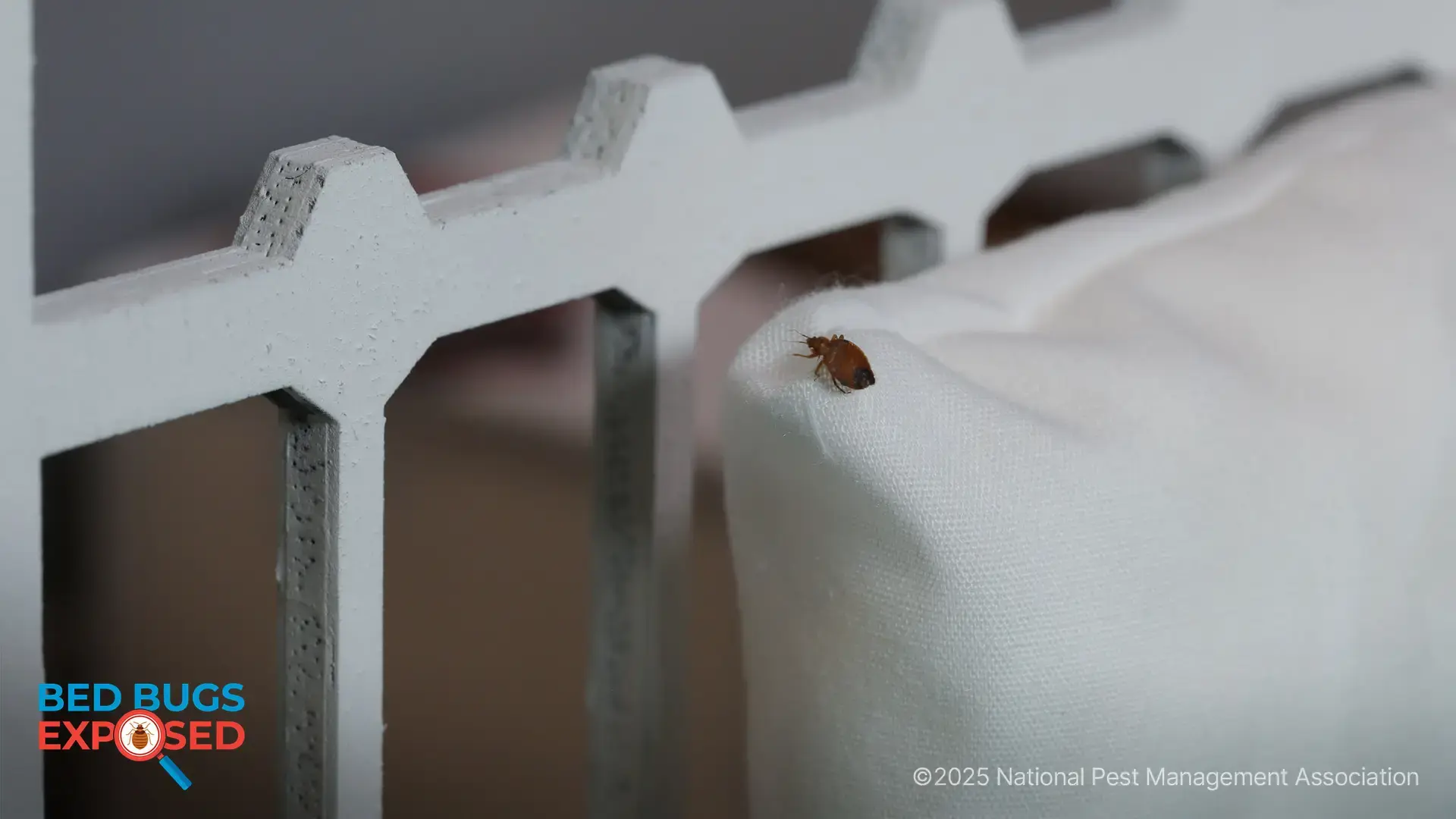Rocky Mountain Spotted Fever: Symptoms, Treatment and Prevention
Rocky Mountain spotted fever (RMSF) is a serious tick-borne illness with a mortality rate of more than 20 percent if not treated early. A tick only needs to be attached for two hours to transmit the disease, so early detection is key. Several species of ticks in the United States, including the American dog tick, Rocky Mountain wood tick and the brown dog tick are responsible for the transmission of RMSF.

If a tick is found on the body, use fine-tipped tweezers to grasp it as close to the skin's surface as possible. Then, pull upward with steady, even pressure and avoid twisting or jerking the tick, as this can cause the mouthparts to break off and remain in the skin. Once the tick is removed, thoroughly clean the bite site with soap and water. Flush the tick down the toilet or wrap it tightly in a tissue before disposing in a closed receptacle. If you develop a rash, headaches, pains or fever, call a doctor immediately. Read on for information on Rocky Mountain spotted fever symptoms, treatment and prevention.
Rocky Mountain Spotted Fever Symptoms:
The main symptom of RMSF is a full body rash that develops two to five days after the bite. While the disease does not result in chronic or persistent infections, patients who recover from RMSF may be left with permanent damage of blood vessels leading to amputation, hearing loss, paralysis, or mental disability.
Rocky Mountain Spotted Fever Treatment:
If you experience any of these symptoms, seek medical attention immediately. People who develop RMSF are much more likely to avoid complications if treated within five days of developing symptoms, so your doctor may have you start antibiotic therapy before receiving conclusive test results.
Rocky Mountain Spotted Fever Prevention:
To prevent Rocky Mountain spotted fever, follow these tips to stay tick-free:
- When outdoors, wear long-sleeved shirts, long pants and closed-toed shoes
- To make ticks easier to spot, wear light colored clothing
- Avoid low-growing vegetation and open grasslands where Rocky Mountain ticks live
- Wear insect repellent containing at least 20 percent DEET
- Remove weeds and cut grass low to keep your yard tick-free
- After spending time outside, inspect yourself, your family and pets for ticks
- If you suspect a tick infestation, contact a licensed pest control professional for proper treatment

Learn About Rodents
Rodents invade millions of homes each winter. Learn more about them!

NPMA's Bug Barometer Forecast
The latest Bug Barometer® forecast from the National Pest Management Association reveals what homeowners across America can expect from pest activity this fall and winter.

NPMA's Bed Bugs Exposed Project
Check out NPMA's Bed Bugs Exposed project to learn more about this hitchhiking pest and how to prevent an infestation at home.
Find a PEST PRO in your area

Learn About Rodents
Rodents invade millions of homes each winter. Learn more about them!

NPMA's Bug Barometer Forecast
The latest Bug Barometer® forecast from the National Pest Management Association reveals what homeowners across America can expect from pest activity this fall and winter.

NPMA's Bed Bugs Exposed Project
Check out NPMA's Bed Bugs Exposed project to learn more about this hitchhiking pest and how to prevent an infestation at home.
